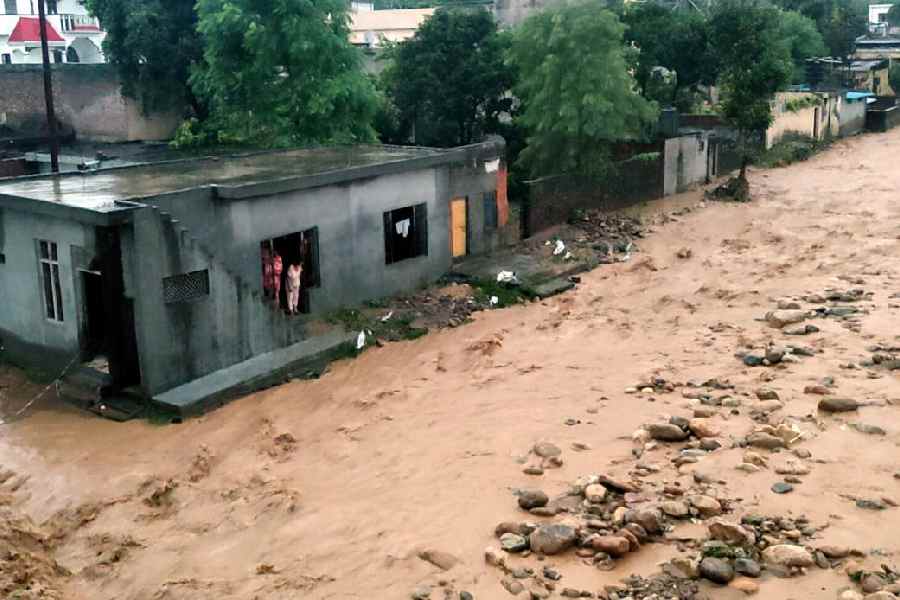In the duration of about two weeks, over a hundred people have died, hundreds are missing, and many houses have been washed away after flash floods tore through parts of Uttarakhand, Himachal Pradesh and, most recently, Jammu and Kashmir. These were all caused by extreme weather events — cloudbursts, torrential rainfall and glacial lake outbursts — that are becoming more frequent and intense due to global warming. The western Himalayas are witnessing increased mean and extreme precipitation as warmer temperatures cause the atmosphere to hold more water vapour. Increased temperatures have also resulted in a rise in the number of glacial lakes, which are prone to erosion and can cause major flooding in downstream areas. Yet, focusing just on such sudden climatic triggers takes the attention away from another problem: the destabilisation of the mountains by mindless development. Experts have repeatedly warned against the indiscriminate, unplanned and often illegal constructions often directly in the path of potential flash floods and even on top of debris brought down by previous floods, leaving both people and property vulnerable. Governments have not only been complicit in overlooking such transgressions in the name of boosting tourism but they have also ignored repeated cautions against, say, the ongoing Char Dham project, which includes cutting down thousands of trees that strengthen soil along vulnerable slopes.
The Supreme Court, which has had to repeatedly take up the cudgels of protecting a fragile ecology from the depredations of a rapacious State, had expressed serious concern earlier this month about the unregulated tourism industry in the Himalayan region, warning that a state like Himachal Pradesh might disappear altogether if infrastructure kept receiving priority over nature. Immediate ameliorative steps include banning all construction activity near river banks and moving populations away from them as well as disposing of large boulders and construction debris in a way that they are not easily swept into rivers. Heeding expert advice and relocating the proposed Netala bypass near Uttarkashi from the pristine forest on old landslide deposits is of utmost importance too. Jammu and Kashmir, which has seen a tourism push, has 67 ‘potentially dangerous’ alpine lakes, 11 of which are ‘high-risk’. Monitoring of such unstable waterbodies must be intensified. The frequency of the recent disasters is a warning sign. Given the State’s apathy, perhaps reinvigorating people’s ecological movements — they have been fractured over time — could be one way of mobilising public opinion against the gathering clouds of disaster.

